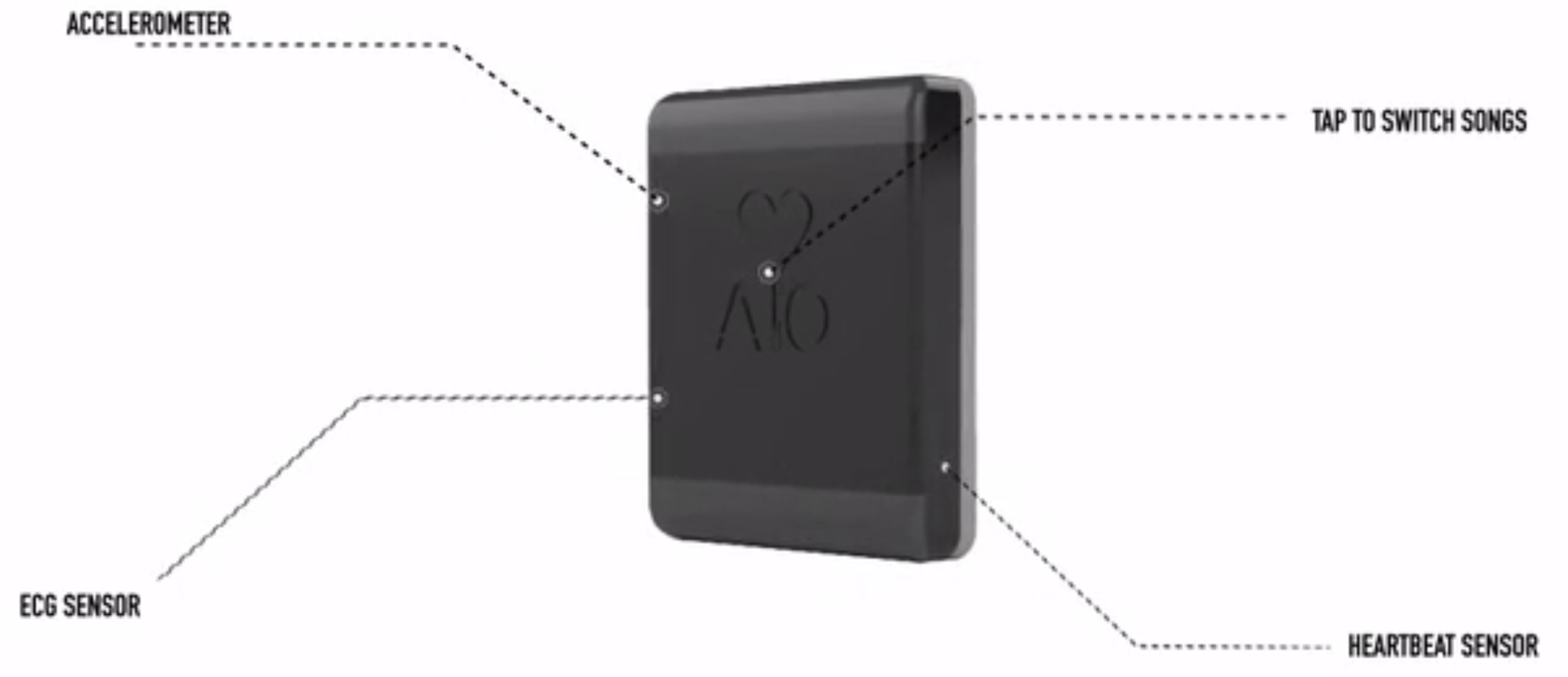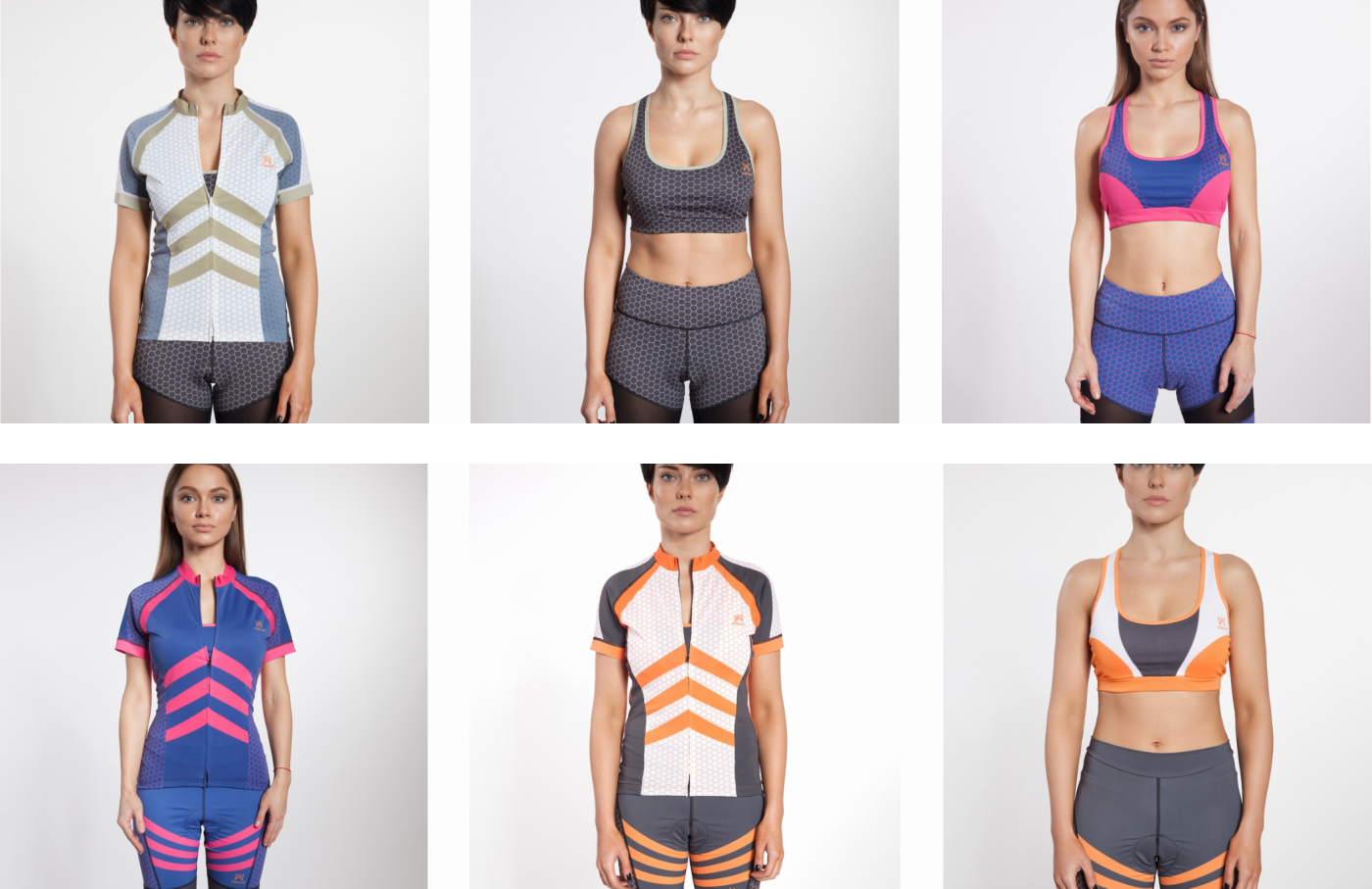Ever since heart rate monitors became mainstream over 20 years ago, there hasn’t really been any sort of advancement in live biofeedback until recently. Aside from how the information is transmitted, we still strap on a HR monitor to measure the same ol’ heartrate. Sometimes that’s on your wrist now, but mostly still the standard chest strap. But with all the new sensors telling us what we’re doing with the bike, wouldn’t it be nice to know a little more about what your doing with your body?
Check out what new wearable tech from Aio Sleeve can do now… and in the future. Plus, women’s apparel line Nakeid, reveals their new gear…
The Aio Sleeve by Komodo Technologies houses a sensor that takes in a lot of information and even lets you switch songs. Though it has many of the features you may find on an activity tracker, it adds some impressive new features. The standout is the ECG sensor. In addition to pulse rate, it will map what your heart is doing throughout its beat cycle. Our heart rate and power output only tell us so much. What we really need to know is how our body reacts to the varying outputs we ask it to do. Not only is this informative for your training, it’s also a way to possibly prevent a cardiac episode should there be an undetected issue. Sadly, we know several otherwise super fit folks that have suffered major heart attacks or similar issues while out riding, and this might have caught the issue before it was too late.
Except for the ECG, the current features include what you may see on most activity trackers like sleep & movement patterns and a calorie counter. Future items like a blood oxymeter and body temperature will add to that to show recovery status and overall well being, plus a barometer, air quality monitor and UV sensor to let you know if you should actually head outdoors.
Check out their Kickstarter to get one early.
NAKEID
Covering slightly more of the body than that arm band is the new women’s apparel line from Nakeid. Their website lists the tech as “Transmittable chips are easy to use and wear in the clothes or armband. They allow to monitor your activity, calculate calories, measure pulse and prevent from the dangerous heart diseases”.
Features listed include:
- Control health condition and predict heart and blood pressure diseases
- Measure the atmospheric pressure/VOC and control
- Put alarms/reminders
- Predict alarm situation in the building
- Develop cognitive thinking with the help of training programs
- Track the person in the building (distant control over elderly people or kids)
We’ve reached out to Nakeid to see what in the world this actually means and will update as we get it.
So what’s next? Helmets with brain activity monitors? Will Strava let us smack talk about each other’s lactate thresholds? Regardless, the increasing number of live metrics we can monitor is on the rise and more and more companies and start-ups are jockeying for position.



